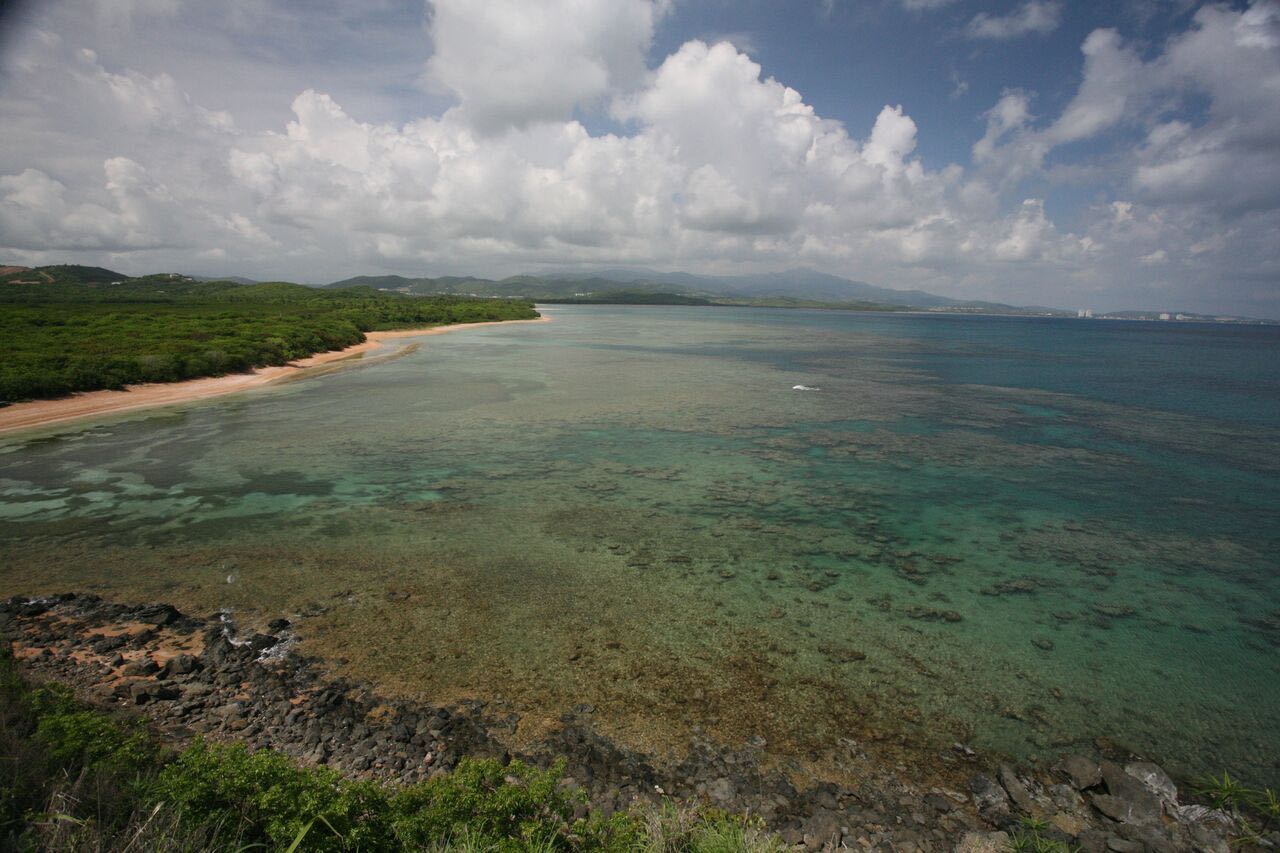Northeast Ecological Corridor Natural Reserve
We have recently observed the International Day of Biological Diversity, an event created to increase the knowledge and awareness about the importance of biodiversity. This concept is intrinsically linked to the need to preserve the world’s species and ecosystems for future generations. It all started at the Great Earth Summit in Rio de Janeiro in 1992, where other crucial initiatives were created, including the Framework Convention on Climate Change and the Convention to Combat Desertification.
This is a good moment to reflect on biodiversity in Puerto Rico, both on our island and the ocean that surrounds us. It’s useless to brag about how proud we all are about the chirping of the coquí or the Puerto Rican parrot, as long as we continue attacking the ecosystems where they live and reproduce, or continue to erode our coasts and pollute our coral reefs and mangrove forests, which harbor the greatest marine biodiversity.
Like just about everything else, María significantly impacted Puerto Rico’s biodiversity. But nature has proven to be much more resilient than humans, and events like this one can have mixed results. In other words, there is no doubt El Yunque will recover. The real problem lies in the areas that have been impacted by humans, who have affected the island’s biodiversity in a much more severe way.
After such a traumatic event, we learned about efforts to put on the bidding block islets such as Icacos and Cayo Ratones, bastions of our coastal biodiversity. Even though the governor tried to debunk these threats on Twitter, the website of the Department of Economic Development and Commerce of Puerto Rico still reports that many of these areas, such as the Northeast Ecological Corridor Natural Reserve (CEN), are still available under the same category as dilapidated industrial areas owned by the Industrial Development Company.
This inconsistency between the governor’s words and actions by the agency is not only a threat to our island’s biodiversity but also goes counter to a clear policy for investors, who lack precise information about the limitations of access to assets they may be interested in. Curiously, in the case of CEN, the website reports that the Corridor is serviced by the Fajardo Airport and by a water treatment plant, even though both have been out of service for more than eight years.
This situation opens the door to misunderstandings that can lead to protests or failure to fulfill contracts by investors, which in turn fosters corruption by developers or “well-connected” investors.
When will the government learn that the easiest way is to be transparent and invite local communities into these processes, which is the essential postulate of “ecotourism”? These postulates were specifically created to safeguard the biodiversity we all should be celebrating today.
